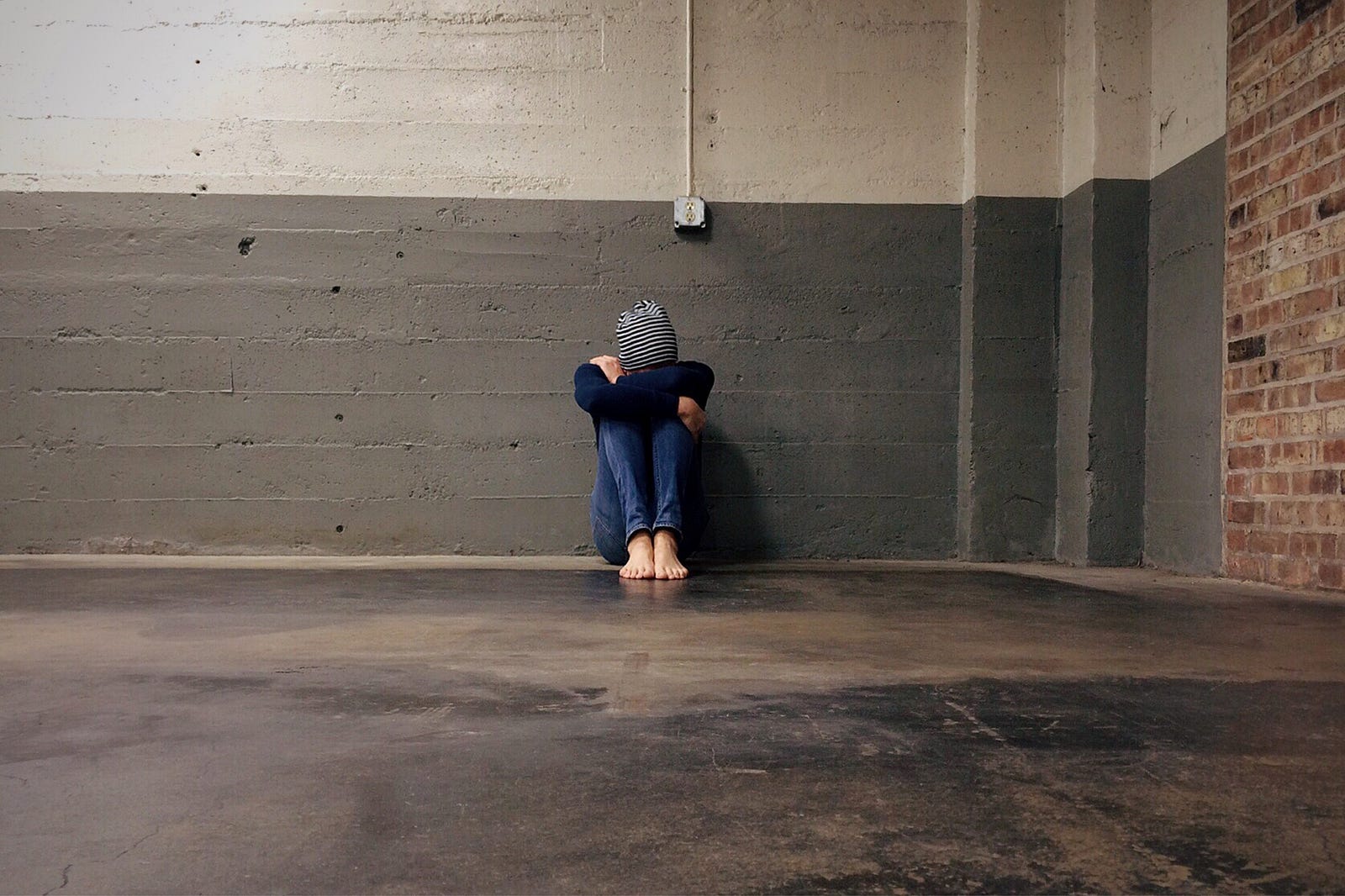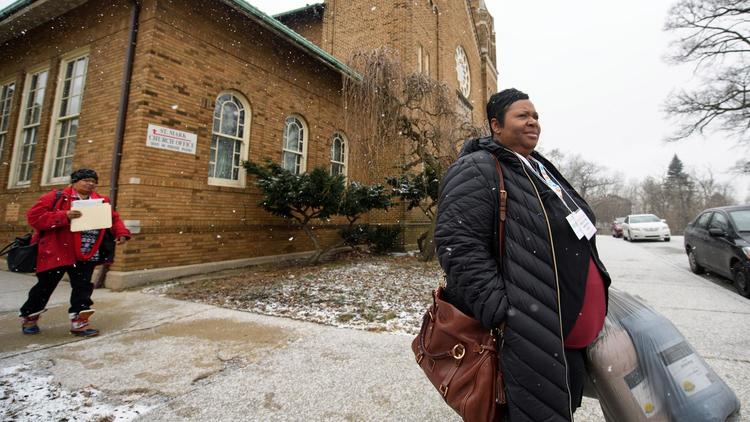
2,281. That is the number of children in families experiencing homelessness in the District of Columbia. Homelessness is often characterized as a moral failing. However, homelessness is a much more complicated issue. Children living in homelessness are twice as likely to experience hunger, depression and post-traumatic stress disorder, and they are at greater risk of falling behind in school. Homelessness creates a trauma that is exacerbated by broken homes, exposure to drugs and violence, food insecurity, and a general feeling of not being able to stay in one place. Instability in the home can also lead to chronic absenteeism, and overall educational neglect.

Approximately 21 percent of District of Columbia Public Schools students were chronically truant, having 10 or more unexcused absences, and 26 percent missed more than 10 percent of the school year in 2015–2016. Absenteeism can have a devastating effect on academic progress. As the District seeks to improve scholastic performance among children in public and charter school systems, it is imperative that the District find a sustainable answer to the underlying issue affecting primary and secondary education — homelessness.
How do policy makers solve homelessness at the city, state, or federal level? The obvious answer is to prevent it. Ensuring that there is enough affordable housing would keep many families off of the streets. In the District, the general sentiment is that there is a lack of affordable housing, a byproduct of gentrification. However, there are ways to increase housing. Most recently noted in the Washington Post was alley development. These alley homes are utilizing the space in alleys to accommodate more families. Like with many developments in the city, these should be incentivized to include affordable housing units. Inclusionary zoning practices are another way the District has been able to secure more housing for low-income families. These can work and should be increased with every new housing development that is completed.

To prevent families from going without a home, states and localities should also increase cash assistance to families living on the edge. The District recently raised the Temporary Assistance for Needy Families (TANF) program for families which would enable them to relieve some of the financial pressures. Steady evaluation of the TANF program will ensure that families utilizing the funds are not slipping through the cracks. Lastly, the Department of Housing and Urban Development released, The Family Options Study, a three-year, multi-site, multi-family evaluation on ways to solve the homelessness issue in America. The results revealed the greatest impact occurs when providing long-term housing subsidies to families in need. Rapid Re-housing is one-method the District uses to give these long-term housing subsidies, however there has been a decrease in the number of landlords willing to make their units available for rehousing. The U.S. Interagency Council on Homelessness has several suggestions on improving landlord engagement such as risk mitigation funds, flexible funds, and landlord and tenant education classes.

The city must still act on the education gap while solidifying strategies for affordable housing. One way is to ensure grants provided under the McKinney-Vento Homeless Assistance Act, which provides services to homeless children are being utilized. Additionally, for families already living in shelters or transitional housing, case-workers should be taking the time to evaluate school performance of the children. Caseworkers should be collaborating with schools to ensure that the student performance is unaffected. Schools in the District can also adopt a “community of schools” model. Community schools use schools as a “hub” to connect parents and children with necessary services through organizations and agencies. Integrating academics, health and social services with community engagement can improve student outcomes. Currently, the Office of the State Superintendent of Education (OSSE) provides funding for eight grantees to participate in the Community Schools Incentive Initiative. Where possible, OSSE should find more funding to expand the program to include more schools and services.
The District should really take the time to evaluate the non-school factors that affect student performance. I had trouble completing my calculus work even though I had a full stomach and warm bed. I can only imagine how daunting school work is for a child with no home.
Editor by Briana Givens
Twitter: @82Tabs Instagram: @82TabsxCoryLancaster
In Black Urban News
